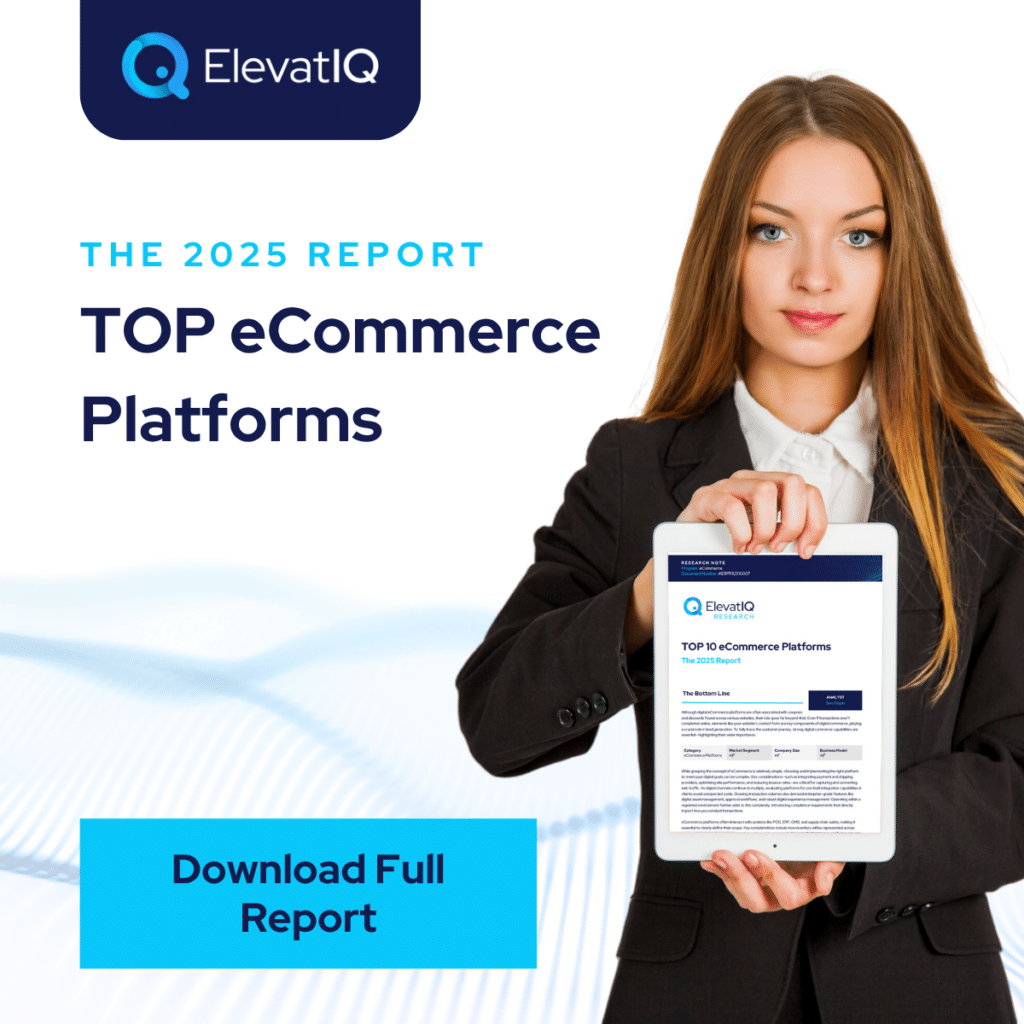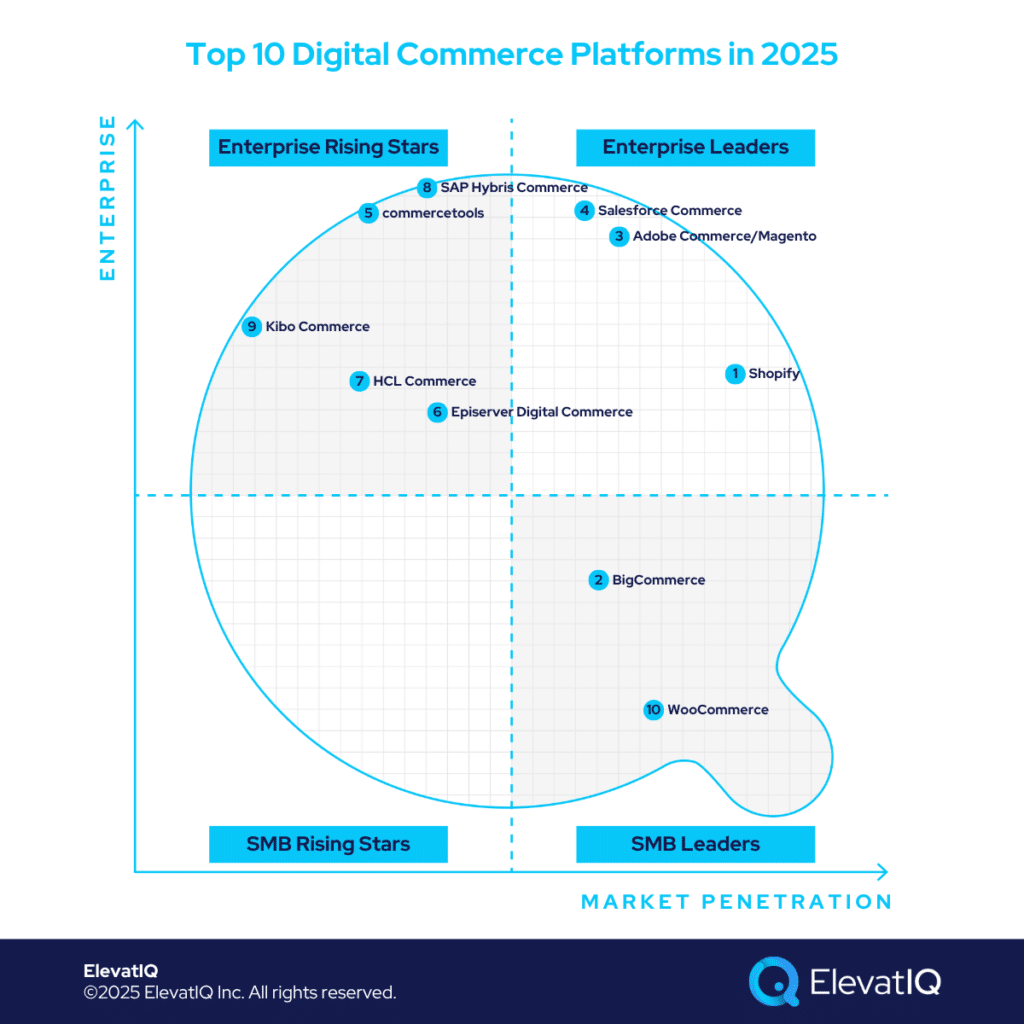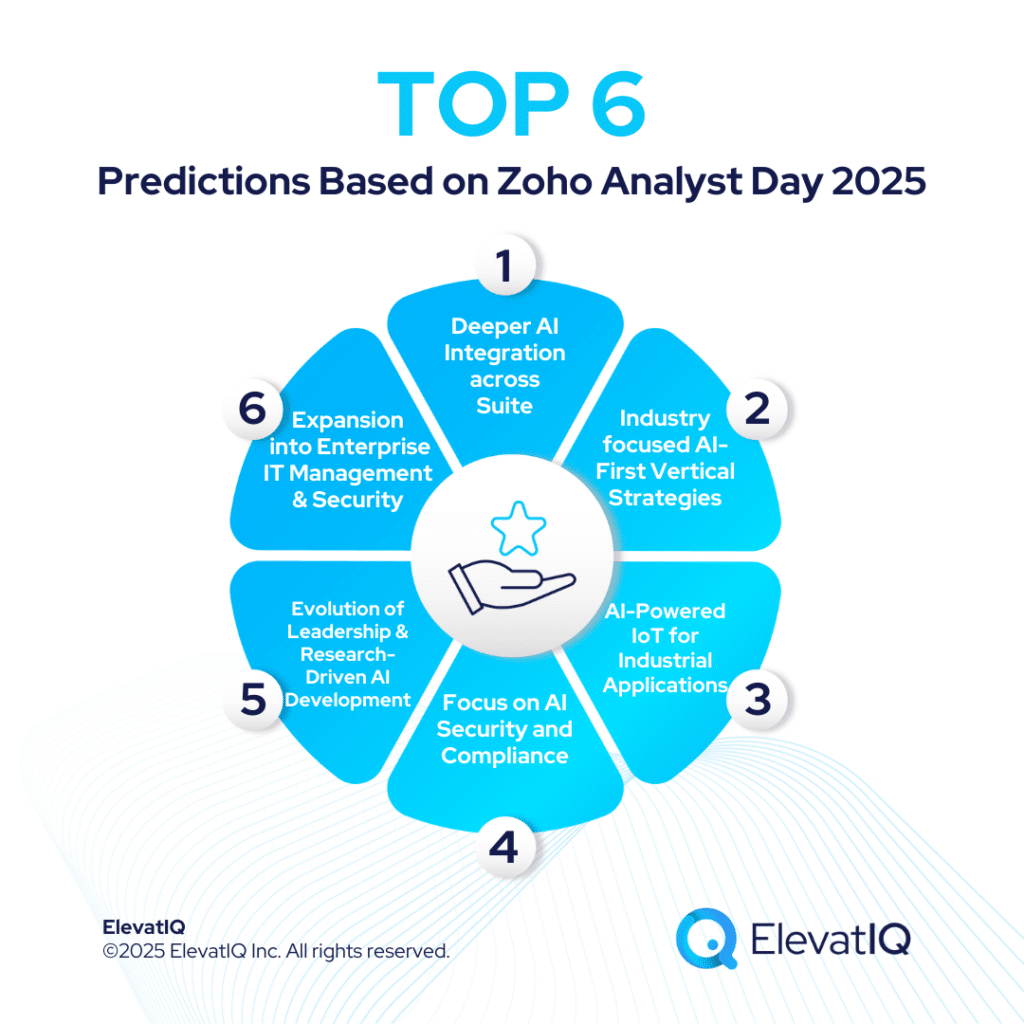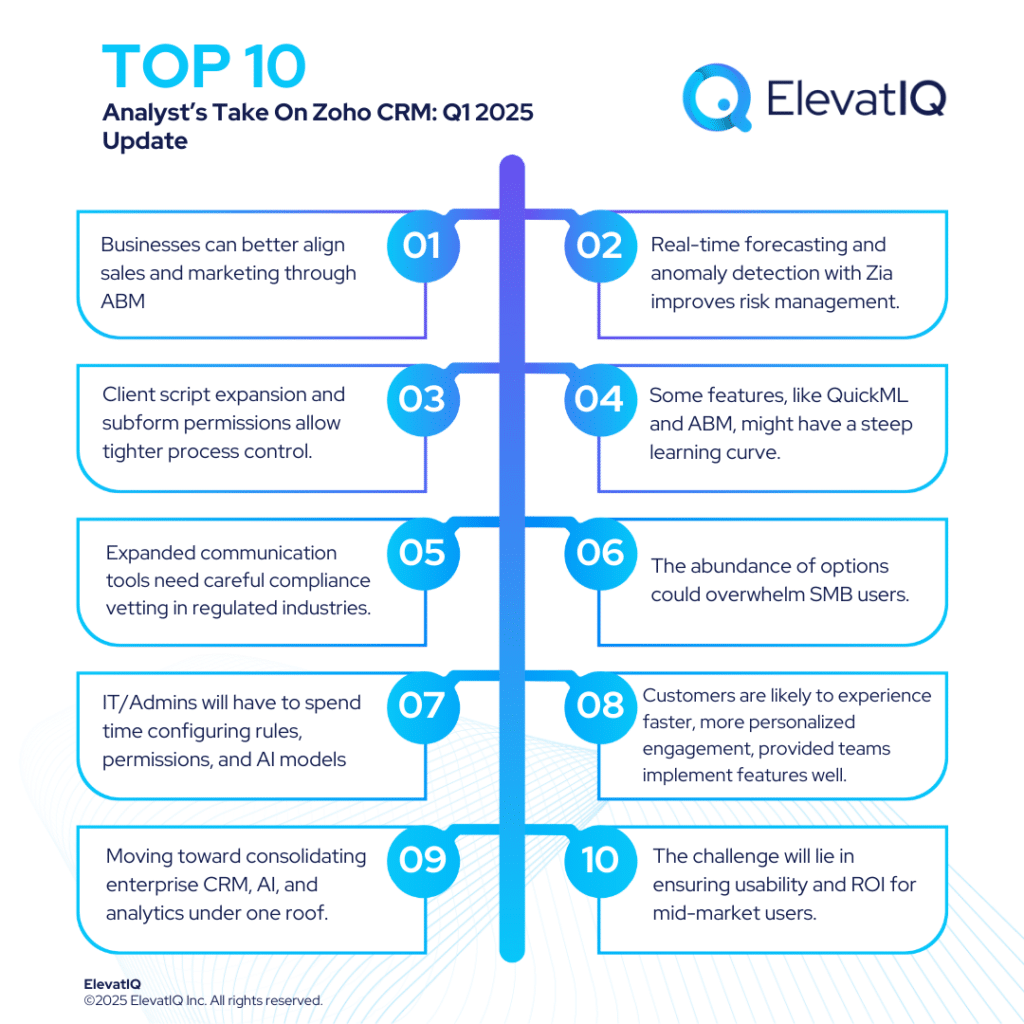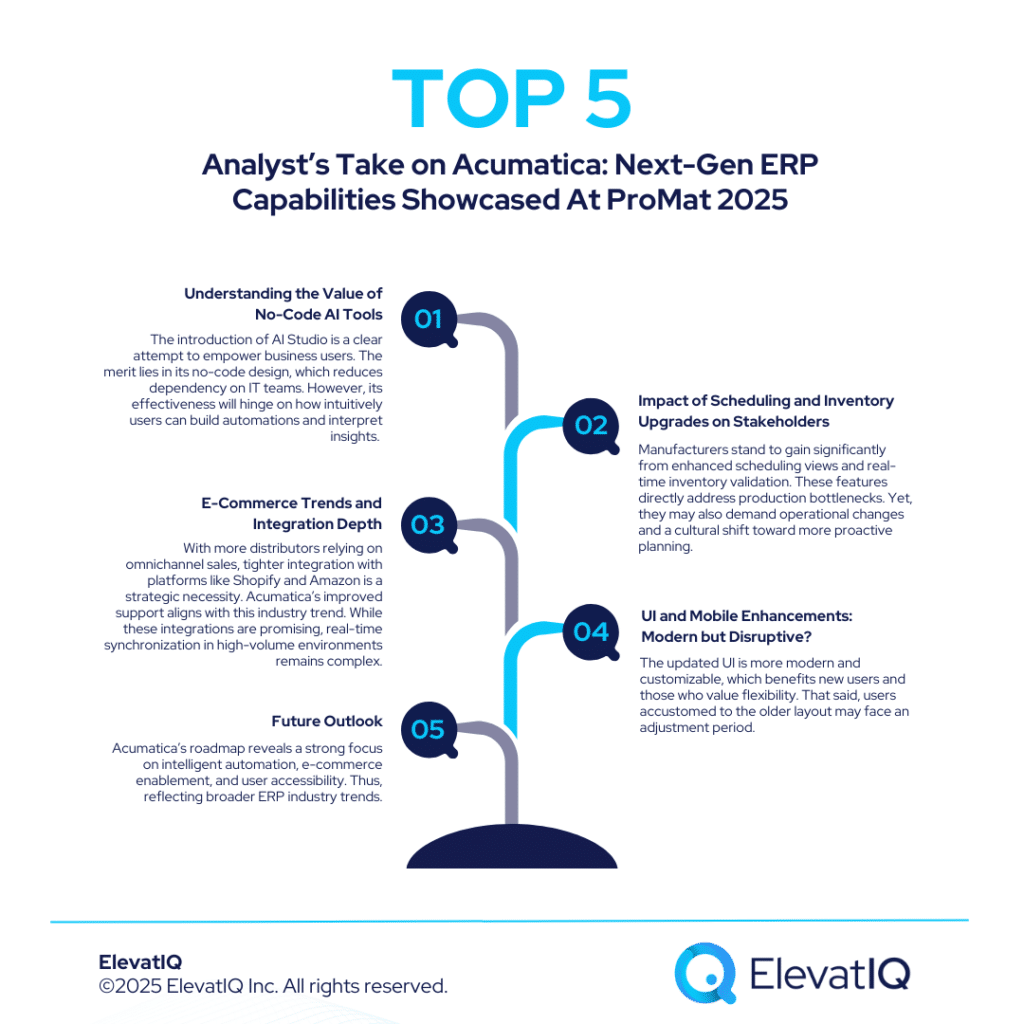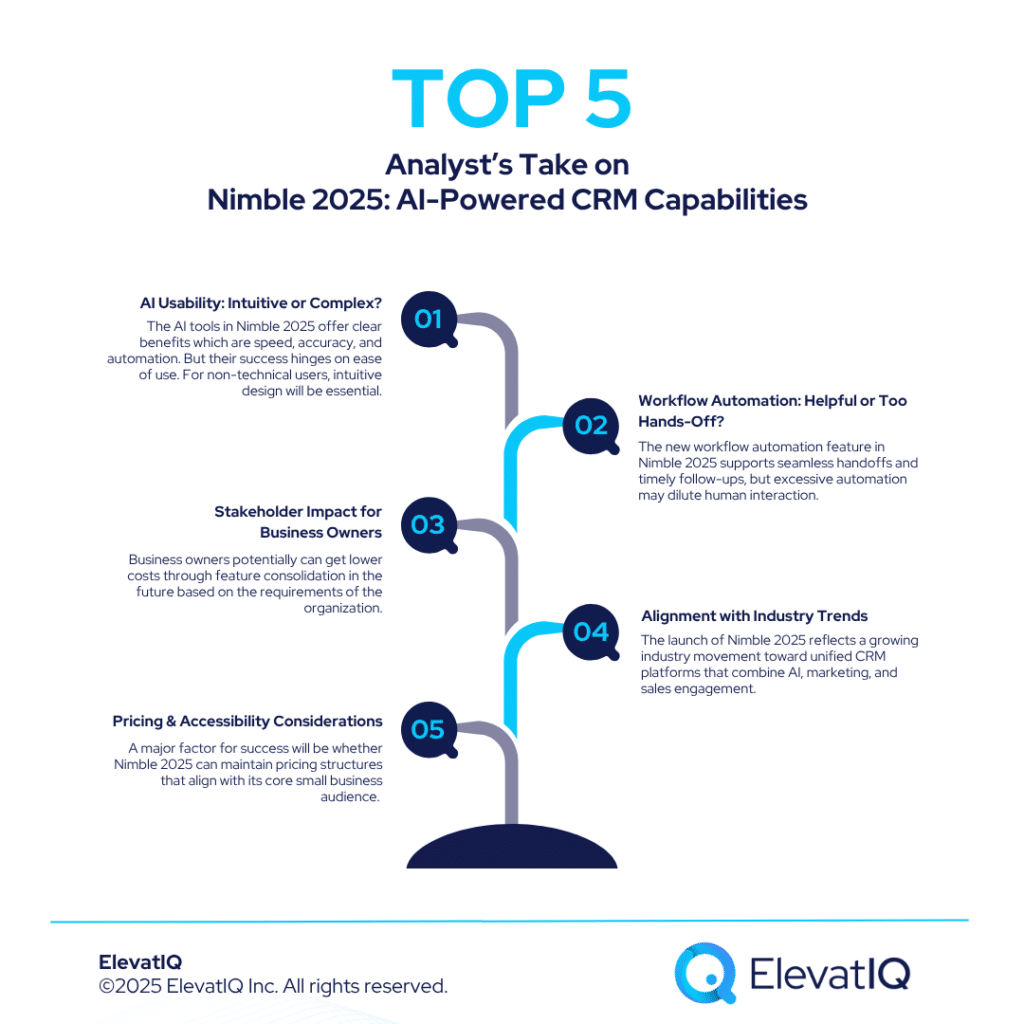Last Updated on June 1, 2025 by Sam Gupta
Many people still associate digital eCommerce platforms primarily with online coupons and discounts, but the scope of digital commerce goes far beyond that. Even if your business doesn’t process transactions online, elements like a website’s contact form play a vital role in digital commerce by serving as key tools for lead generation. To achieve complete visibility into customer behavior, robust digital commerce capabilities are essential, highlighting their broader strategic value.
Although understanding what eCommerce is may seem simple, selecting and implementing the right platform to support your digital goals can be complex. Critical factors include integrating payment and shipping providers, optimizing site speed, and reducing bounce rates to better attract and convert web traffic. As digital channels multiply, evaluating platforms for their pre-built integration capabilities becomes increasingly important to avoid unexpected implementation costs. Rising transaction volumes also demand advanced, enterprise-grade features such as digital asset management, approval workflows, and a comprehensive digital experience management solution. For businesses operating in regulated industries, compliance requirements add another layer of complexity that can directly impact digital transactions.
eCommerce platforms frequently overlap with systems like POS, ERP, OMS, and supply chain management solutions. Clearly defining the platform’s scope is crucial, particularly when determining how inventory is managed across systems and where pricing and discount strategies will be controlled. The role and functionality of an eCommerce platform can vary significantly depending on the industry. For example, industrial manufacturing and distribution often require more sophisticated digital workflows, whereas B2C platforms are generally more streamlined, though even they may demand capabilities that overlap with customer data platforms and loyalty systems. To address these challenges, begin by shortlisting a few of the top-performing eCommerce platforms from the list below.
10. WooCommerce
WooCommerce remains a popular choice among startups and content-centric businesses looking to add eCommerce functionality to their existing WordPress websites. Its open-source nature, affordability, and tight integration with WordPress make it especially attractive to entrepreneurs and small teams operating under lean budgets. The platform excels in content management and provides access to a vast ecosystem of plugins and developers, making it a compelling entry point for digital commerce. However, its strengths are most impactful for companies with limited eCommerce complexity, particularly those under the $5–10 million revenue threshold.
As businesses grow and their digital commerce needs evolve, WooCommerce can begin to show its limitations. Issues such as plugin conflicts, a weak data model, and insufficient security architecture for transactional reliability become increasingly problematic. These challenges are especially pronounced in B2B or enterprise-grade scenarios requiring advanced user permissions, workflow support, and seamless scalability. So, is WooCommerce the right long-term platform for your growth trajectory? Or is it time to explore more scalable alternatives? To answer these questions, download our definitive guide: Top eCommerce Platforms in 2025.
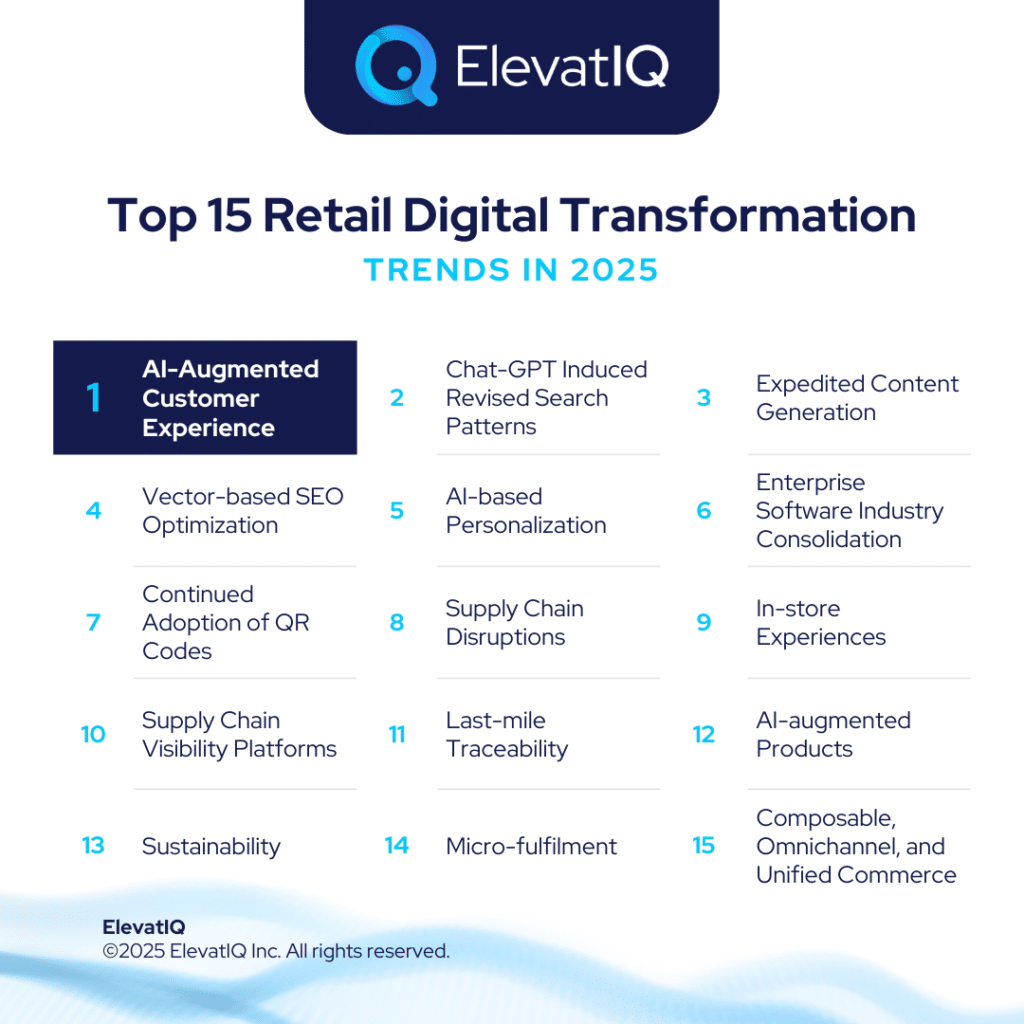
9. Kibo Commerce
Kibo Commerce is a modern, API-first, microservices-based eCommerce platform designed to help enterprises deliver omnichannel experiences without relying heavily on custom development. Its architecture allows for flexible scaling and modular deployment, making it ideal for businesses looking to support high transaction volumes and dynamic customer experiences. With integrated Order Management System (OMS), eCommerce, and subscription commerce capabilities, Kibo provides a unified foundation that streamlines operations and reduces time to market, especially for brands aiming to offer subscription-based models and seamless cross-channel fulfillment.
However, despite its strong front-end capabilities and integrated OMS, Kibo faces tough competition from platforms like Manhattan and IBM Sterling Commerce, which offer deeper supply chain integration with WMS and TMS solutions. Additionally, Kibo’s backend integration can be a hurdle, particularly for businesses requiring tight financial and operational alignment. Its relatively limited consulting ecosystem and higher cost may also make it less attractive for mid-market players. So, is Kibo the best fit for your enterprise’s growth strategy, or would a more comprehensive or cost-effective platform serve you better? Download the Top eCommerce Platforms in 2025 report now to explore how Kibo stacks up against the leading platforms.
8. SAP Hybris Commerce
SAP Hybris Commerce is designed for large enterprises with complex requirements, particularly those already embedded within the broader SAP ecosystem. Its key strength lies in seamless integration with other SAP products, making it a strategic fit for businesses seeking a single-vendor solution across ERP, CRM, and commerce. The platform also offers deployment flexibility and strong CI/CD capabilities, giving IT teams the infrastructure control and governance needed for compliance-heavy industries. For companies prioritizing audit readiness and process control, SAP Hybris provides a solid, if somewhat traditional, foundation for enterprise commerce.
However, the eCommerce landscape has shifted rapidly, especially after Oracle Commerce’s expected discontinuation in 2023, raising concerns about the long-term viability of legacy platforms like SAP Hybris. While SAP has taken steps to modernize Hybris through improvements in its headless architecture, it still lags in usability, partner ecosystem, and cutting-edge features like integrated digital asset management. Is SAP Hybris still the right fit for your business in 2025? Or is it time to consider platforms with stronger native headless capabilities and broader partner ecosystems? Download the Top eCommerce Platforms in 2025 report now to see how SAP Hybris compares to emerging leaders.
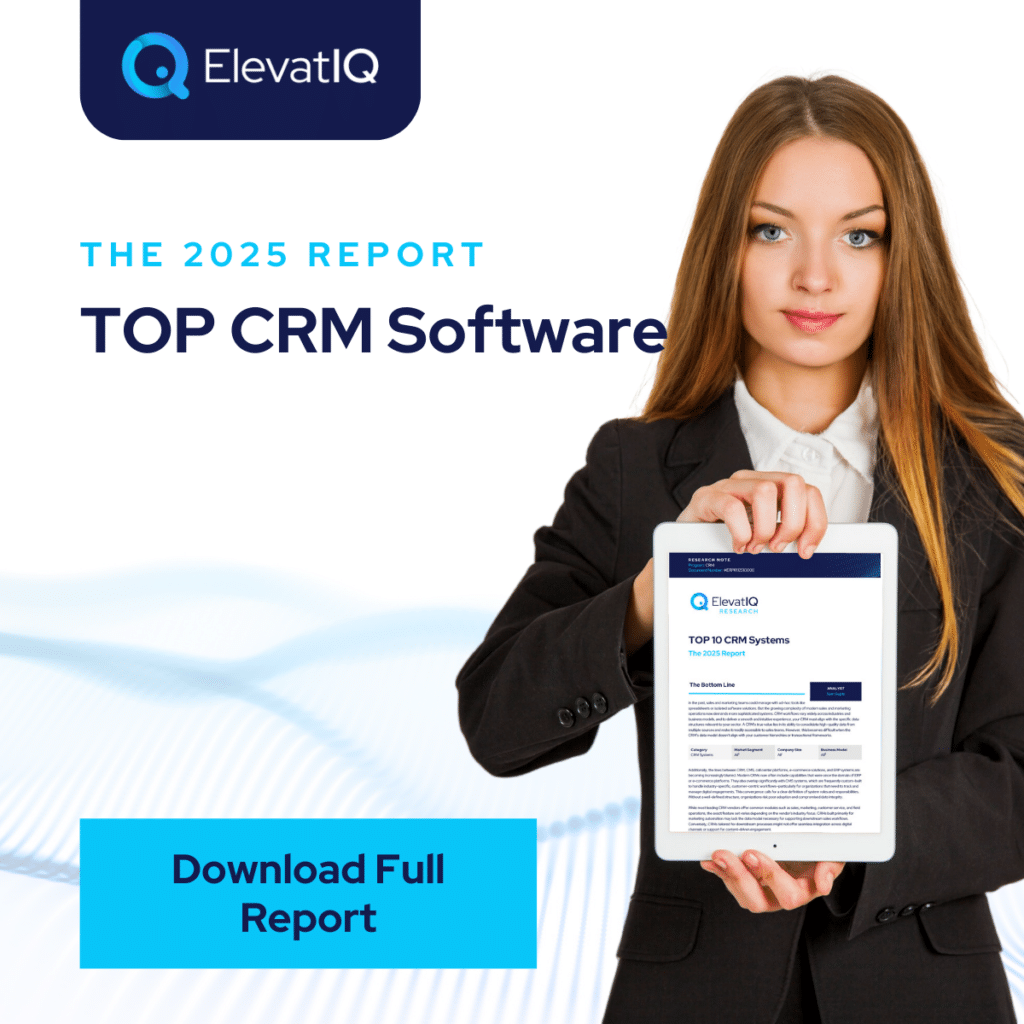
7. HCL Commerce
HCL Commerce, the evolved version of IBM Commerce, brings a modernized approach to enterprise eCommerce while retaining the robust capabilities of its predecessor. By offering full API access to commerce layers—including search, cart, and digital asset management—HCL empowers businesses to build scalable, headless experiences. Its React-based composable storefront capabilities make it especially appealing to B2C brands looking to support omnichannel strategies and regional customization. With decades of enterprise-grade performance backing it, HCL Commerce offers a reliable solution for teams already familiar with IBM’s data structures and workflows.
That said, the platform still carries the weight of its legacy architecture, relying on Java and Spring frameworks that may present a steep learning curve for modern web developers. While its B2C capabilities are solid, companies with industrial B2B needs or ambitions for advanced personalization may find the platform limiting without significant custom development. Are you looking for a modern commerce solution with enterprise muscle, or is your business better served by a platform with more robust B2B and CDP features out of the box? Download the Top eCommerce Platforms in 2025 report now to evaluate how HCL Commerce compares to the top contenders.

6. Episerver Digital Commerce
Episerver Digital Commerce—now branded as Optimizely—caters specifically to mid-to-large B2B companies looking for a unified platform that delivers both content management and commerce capabilities without relying on costly third-party add-ons. Its integrated approach makes it especially valuable for industrial businesses with complex product catalogs, partner relationships, and rule-based promotional structures. Unlike many SMB-focused platforms, Episerver embeds digital experimentation and A/B testing directly into its core suite, enabling marketers and developers to collaborate on experience optimization with full traceability across channels.
However, while Episerver shines in flexibility and B2B depth, it may not be the ideal choice for smaller brands or large enterprises requiring enterprise-grade scalability and integration depth. Its ecosystem is also more limited compared to platforms like Shopify or BigCommerce, potentially leading to higher implementation costs and slower onboarding. So, is Optimizely the right fit for your B2B strategy, or do your needs align more with a lighter or more scalable platform? Download the Top eCommerce Platforms in 2025 report now to discover how Episerver stacks up.
5. Commercetools
commercetools, a rising star in the digital commerce space with backing from Accel and a valuation north of $2 billion, has made significant strides among top-tier B2C brands—especially in the automotive industry. With its commitment to the MACH principles (Microservices, API-first, Composable, and Headless), it delivers a flexible, future-ready architecture well-suited for organizations that demand highly tailored digital experiences. Its proven performance with multi-brand, high-traffic deployments has helped commercetools win clients that once relied on legacy giants like Oracle ATG and SAP Hybris.
Still, commercetools isn’t for everyone. It lacks bundled enterprise features, which can be a deal-breaker for companies looking for all-in-one solutions. Additionally, while its B2C capabilities are robust, businesses with complex B2B needs may find the platform less suitable without significant custom development. Does your organization prioritize flexibility and customization over turnkey solutions? Are you ready to build a best-of-breed tech stack around a MACH-native core? Download the Top eCommerce Platforms in 2025 report now to see where commercetools ranks.
4. Salesforce Commerce
Salesforce Commerce Cloud continues to be a go-to choice for large enterprises seeking sophisticated, scalable eCommerce workflows—particularly those already embedded within the Salesforce ecosystem through tools like CRM and Pardot. With equally strong support for both B2B and B2C models, Salesforce stands out for its deep merchandising capabilities, robust AI-driven product recommendations, and active involvement in the React and headless commerce communities. This comprehensive functionality, paired with a strong developer ecosystem, cements its position as one of the most enterprise-ready platforms available.
However, this depth comes with a tradeoff. Salesforce’s pricing model—broken out across multiple products—can be cost-prohibitive for SMBs. And while headless capabilities are available, they may feel less native compared to MACH-first platforms. Is your organization prepared to invest in a premium ecosystem to access advanced B2B and B2C functionality? Are you already leveraging other Salesforce tools and looking to unify your digital stack? Download the Top eCommerce Platforms in 2025 report now to see where Salesforce Commerce ranks.
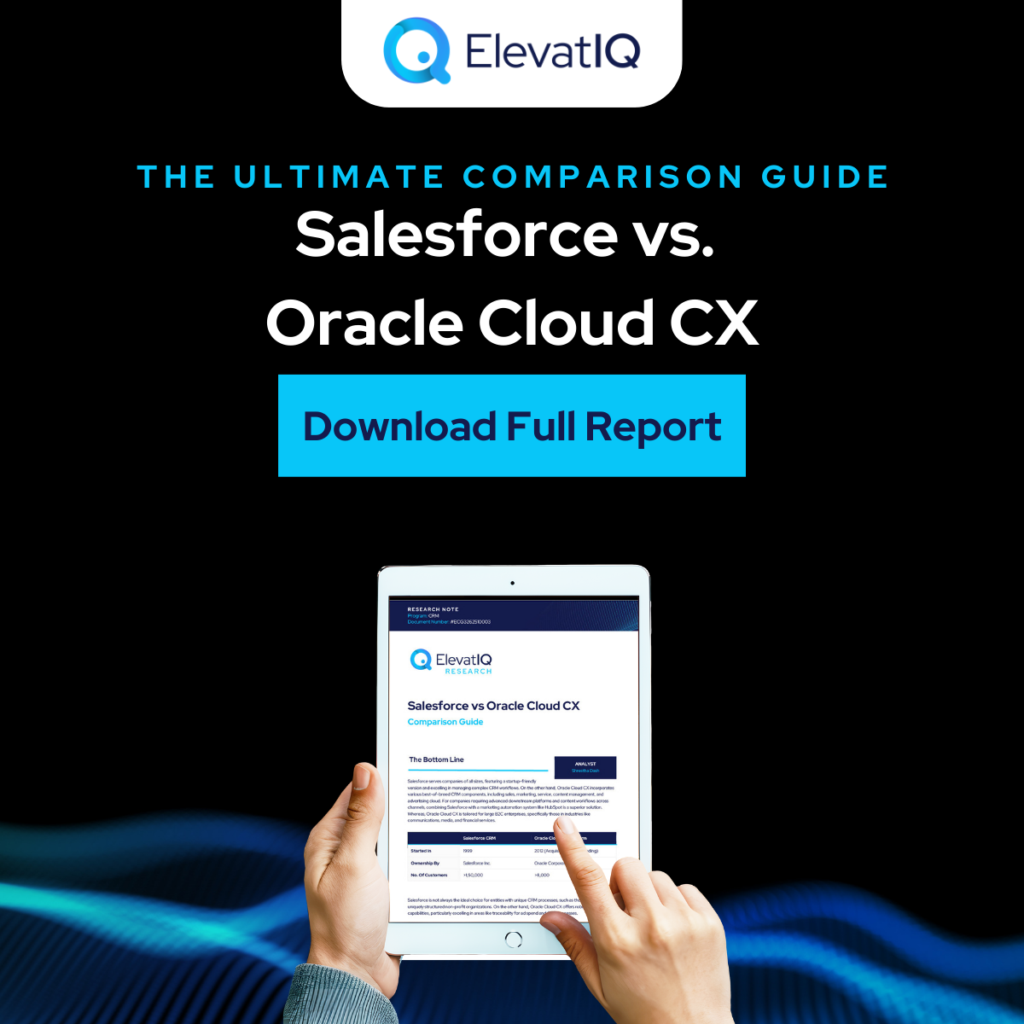
3. Adobe Commerce/Magento
Adobe Commerce, formerly Magento, remains a strong contender for mid-to-large enterprises with intricate eCommerce workflows across both B2B and B2C channels. Its rich data model and enterprise-grade capabilities—such as support for millions of daily site visitors, complex pricing rules, and advanced promotional workflows—make it a top choice for organizations that require scalability and flexibility. While the open-source version provides a great starting point, most serious implementations lean on the enterprise edition to unlock critical features like Return Merchandise Authorization (RMA) and granular promotion permissions. Backed by Adobe’s broader digital experience suite, Adobe Commerce continues to deliver value to organizations invested in content-rich, customizable commerce.
However, Adobe Commerce isn’t a one-size-fits-all solution. Smaller businesses may struggle with its technical complexity, and even larger enterprises may find the rigid data model challenging during customization. Is your team prepared to navigate a more prescriptive architecture for long-term stability? Does your commerce strategy demand the level of scale and flexibility that only Adobe Commerce can offer? Download the Top eCommerce Platforms in 2025 report now to explore how Adobe Commerce stacks up against the competition.
2. BigCommerce
BigCommerce is purpose-built for B2B SMBs that require robust eCommerce functionality without the burden of heavy internal IT investment. Its strong data model accommodates complex product catalogs, variant logic, and pricing structures, all essential for industrial distributors and manufacturers transitioning to digital. Unlike many SMB-focused platforms, BigCommerce provides a more scalable and user-friendly approach to B2B, with pre-baked integrations for ERP and POS systems that simplify initial setup. For B2C companies with similar operational complexities, it can also offer an alternative to more enterprise-heavy solutions without overwhelming business users.
However, as companies grow and demand more advanced features—like personalization engines, DAMs, and native experimentation tools—BigCommerce may require an increasing number of third-party add-ons. This can complicate architecture and introduce long-term maintenance challenges, especially for those pursuing an omnichannel or headless strategy. Are you looking for a platform that meets your B2B needs without requiring extensive customization? Or are you outgrowing the limitations of simpler systems and need a stepping stone before full enterprise migration? Download the Top eCommerce Platforms in 2025 report now to find out whether BigCommerce is the right fit for your digital commerce journey.
1. Shopify
Shopify is a leading choice for B2C SMBs seeking a straightforward, scalable platform to power their omnichannel and direct-to-consumer (DTC) strategies. Its intuitive data model and seamless integration with various payment and shipping providers make it ideal for brands that want to focus on growth without heavy IT overhead. Shopify’s built-in POS system ensures inventory and sales data sync effortlessly across online and physical stores, delivering a smooth omnichannel experience. Additionally, its vibrant developer ecosystem, particularly around the Hydrogen on Oxygen headless platform, offers flexibility and innovation for brands looking to customize their digital storefronts.
Yet, Shopify’s appeal comes with some trade-offs. Transaction fees and reliance on add-ons for advanced B2C and B2B capabilities can increase costs and complexity, especially for companies with more intricate needs like industrial distributors. Are you prioritizing ease of use and a vast app ecosystem, or do you require robust out-of-the-box enterprise features? How critical are transaction fees and native B2B support in your platform choice? To navigate these questions and discover which platform best fits your business needs, download the ultimate Top eCommerce Platforms in 2025 report now and get the insights you need to make the right decision.
Conclusion
Choosing the right eCommerce platform can be challenging. It requires a deep understanding of financials to accurately assess total cost of ownership, along with the insight of independent eCommerce consultants to evaluate the effort needed for custom features. Moreover, this choice influences the overall system architecture and operational efficiency, making a thorough and strategic approach to platform selection essential.
Download the Full Report
